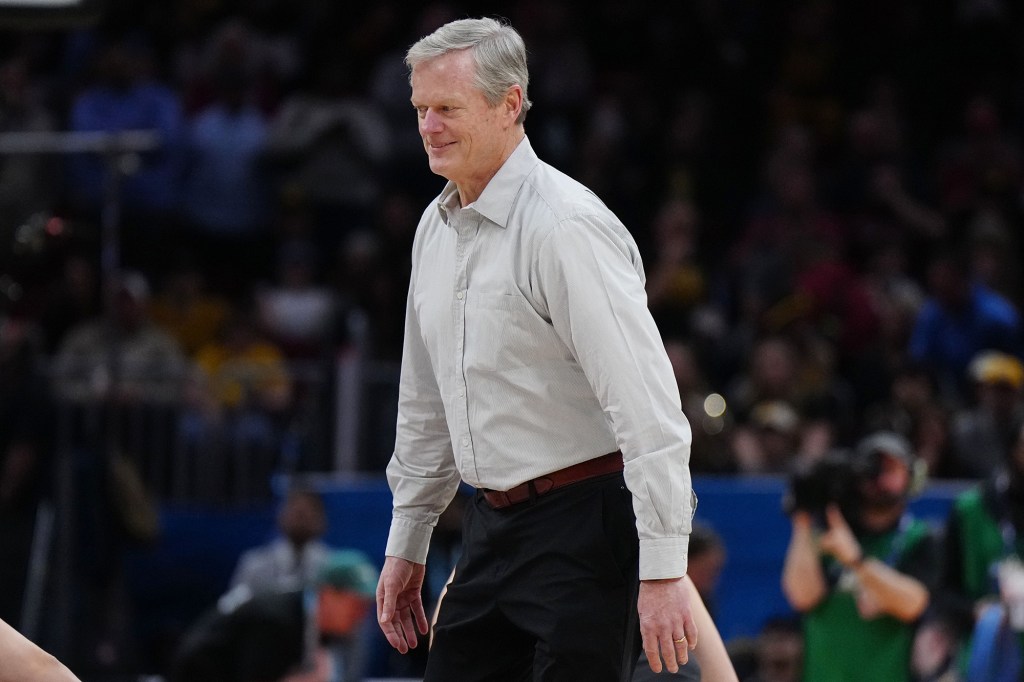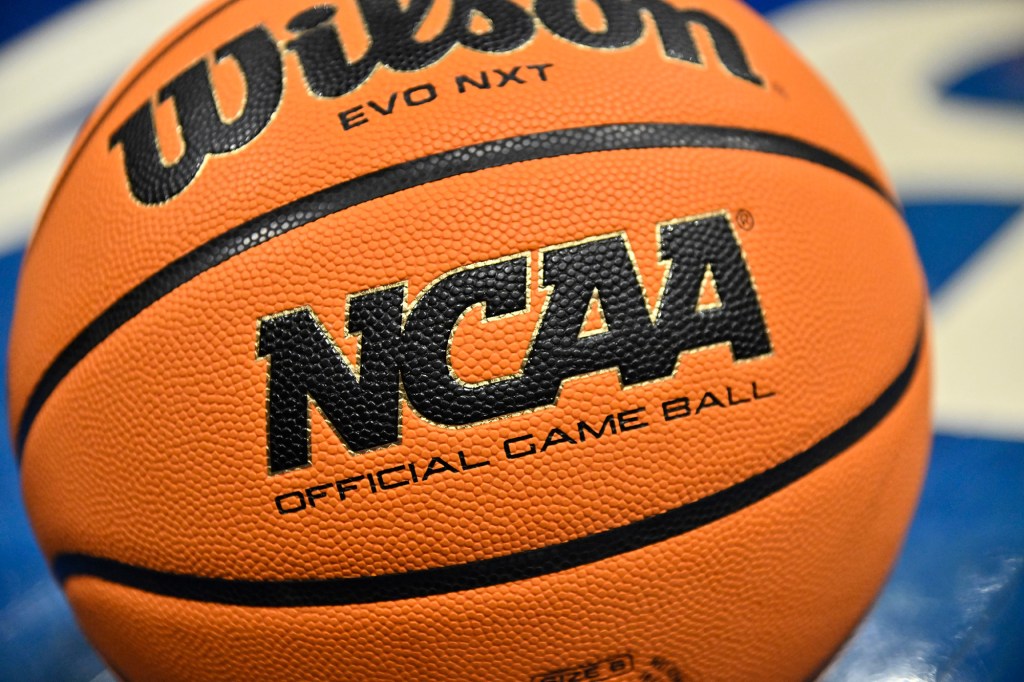On Thursday, a landmark settlement worth nearly $2.8 billion was reached by the NCAA and its five power conferences leagues that will set in motion a groundbreaking revenue-sharing model in which college athletes will be directly paid by schools for the first time, likely starting in the fall of 2025.
The Post’s Zach Braziller breaks down the end of the governing body’s amateur model and what to expect moving forward in this Q&A:
Q: Wait, so college athletes get paid now? Why did the NCAA agree to this?
A: It had no choice. It was facing major losses in three antitrust lawsuits that would’ve exceeded the nearly $2.8 billion settlement. And, yes, it is expected — starting in the fall of 2025 — athletes can be paid directly by their schools through revenue-sharing in the form of roughly $20 million a year. That figure could increase over time, dependent on more lucrative television deals being signed. As for the close to $2.8 billion, that will go to approximately 14,000 claims of former and current players dating back to 2016. ESPN reported it will be divided up among athletes based on a formula created by a sports economist.
Q: What still has to happen before this becomes official?

A: California-based judge Claudia Wilken has to approve the settlement. There could be challenges, but it is expected to happen in the coming months.
Q: What is the next domino to fall?
A: Keep an eye on Congress. The NCAA is hoping for a federal law that affords it a limited antitrust exemption to create player compensation and transfer rules and a declaration that college athletes are not employees. Otherwise, the governing body will remain powerless in this new professionalized model. There is some optimism that the settlement created some goodwill with elected officials.
Q: How will schools distribute the revenue?
A: That is up to schools, based on the settlement terms. It is each institution’s choice how they choose to use the $20 million or so, how much of that allotment it chooses to pay players, which players it pays and how much is given to the individuals. It does not have to be spread out evenly, though Title IX was not included in the agreement. Title IX is a federal law that requires institutions to offer equal opportunities for male and female athletes. That’s another issue that could be settled by the courts.
Q: What does this mean for the lower-revenue sports?
A: It depends on the school, but common sense would suggest that football and basketball will be prioritized since they net the most money. A high-ranking, power-conference executive predicted “carnage” for Olympic sports.
Q: What does this mean for the future of athletic programs at smaller schools?
A: It will further distance the haves from the have-nots, the conferences that have lucrative television deals from the conferences that do not. The smaller leagues already have been used as somewhat of a feeder system for the bigger ones due to NIL, and this only will increase that chasm.

Q: How does this impact NIL payouts?
A: NIL isn’t going anywhere. Collectives could be less of a factor moving forward, though. The settlement includes a reporting mechanism that will require athletes to report third-party NIL deals that are not part of the revenue-sharing profits he or she receives. The deal has to be “fair market value,” which will be defined on a later date. But this could also be a way for schools and/or boosters to go above the $20 million they can pay players. There is talk of a new enforcement arm being set up to monitor the NIL market once the settlement goes into effect. Keeping collectives could be a way for schools to circumvent the revenue-sharing cap that would give them an edge in recruiting.
Q: Where is the money for the settlement coming from?
A: NCAA reserve funds and insurance will pay for some of the settlement, and though the five power conferences were the ones named specifically in the lawsuit, the other NCAA member schools also will be part of the payout. The NCAA reportedly will pick up $1.1 billion of the tab, with the power five conferences paying approximately $1.65 billion and the other 27 Division I conferences paying $990 million over the course of the next decade through profits distributed from the NCAA Tournament in men’s basketball.